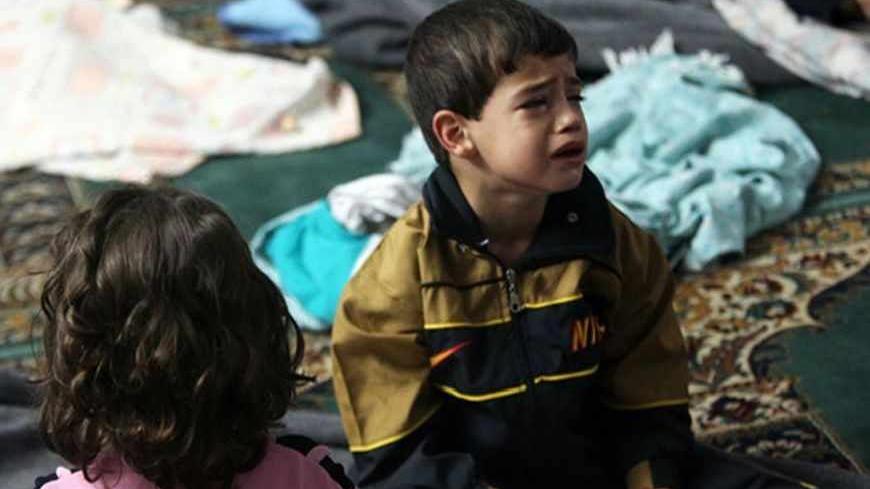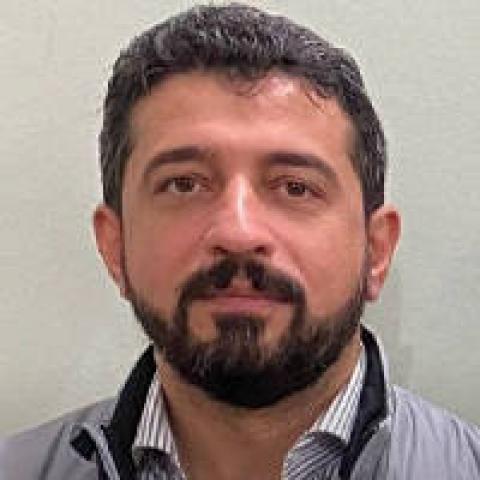The world was surprised by the news that a chemical massacre took place on the outskirts of Damascus on Aug. 21. The Iraqi public, however, followed that event with even more interest because of a similar massacre committed by former President Saddam Hussein 25 years ago in Halabja, in northeastern Iraq. So, video clips, newspaper columns, photographs and Facebook postings about the massacre quickly spread in Iraq.
Those who followed the details of that event were overcome by grief and sorrow as they spread images and video clips of the children killed in the Syrian massacre and compared them with the children killed in Halabja — where 5,000 were killed and 10,000 injured.



